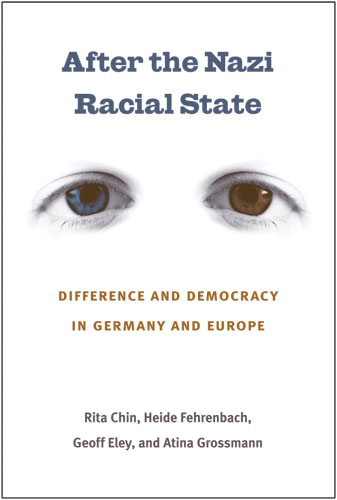Two worlds… One reflectionPosted in Articles, Autobiography, Media Archive, Social Science, United Kingdom on 2013-08-19 02:02Z by Steven |
IDEATE: The Undergraduate Journal of Sociology
University of Essex, Colchester, England
Volume 10, Summer 2013
19 pages
Yasmin Currid
Introduction
I went through most of my childhood believing that my family was just the same as everybody else’s. I did not realise that there was something slightly different about the dynamics and the structure of my family as opposed to, I suppose, what people would call a “normal” family. Even now, I still consider my family to be just like anyone else’s… Why should the colour of our skin matter? Let me start from the beginning: my mum and my biological father, Jimmy, broke up before I was born. Then when I was a few months old she met Jason, the man I call my dad. They eventually got married and had my two brothers, Kyshon and Kofi. The only thing that happens to be slightly different about this situation is that I have a multiracial family. Both my mum and I are white, my dad is black, and my two brothers are mixed race, so half of my extended family is white and half is black. I do not consider the dynamics of my family to be weird, if anything, I believe I am lucky to be brought up in a multiracial family- I get to experience the best of both… Although I am sure not everyone sees it that way.
I do not remember exactly how old I was when I started questioning the difference in our skin colours, all I know is that I was a lot older than you would expect. I assume it just never occurred to me as it was not as big a deal as some people would make out. We were still a family. My dad was still my dad, and my brothers were still my brothers, no matter what we looked like from the outside and how much we differed in skin colour. However, what I do remember, down to the very last minute detail, is where we were and exactly how I phrased it. I know we were in the car, my dad was driving and I was in the back, between my two brothers and before I knew what I was saying, I just blurted it out “Why is dad black and I’m white?” The answer, however, I do not remember…
…It is quite difficult because there is no one else I know or have even heard of who has the same type of family dynamic as I have. When I type “inter-racial families” into Google, thousands of websites come up advertising a black and white couple who have mixed race kids… But never families where a white child has a white mum, a black dad and mixed race brothers. The lack of sociological research in this particular field has challenged me in finding different sociologist’s ideas I can use to analyse my own experience of belonging to an inter-racial family. Due to this lack of research I have had to look at specific sociologists, such as Mills, Goffman and Cooley, and try to adapt and apply their theories and perspectives to my particular situation regardless of whether they intended it in the same way which I have interpreted it. Throughout my journal, I am going to attempt to take my family biography and link it to the larger social structures within society…
Read the entire article here.

